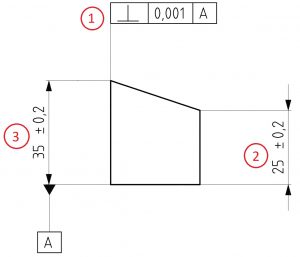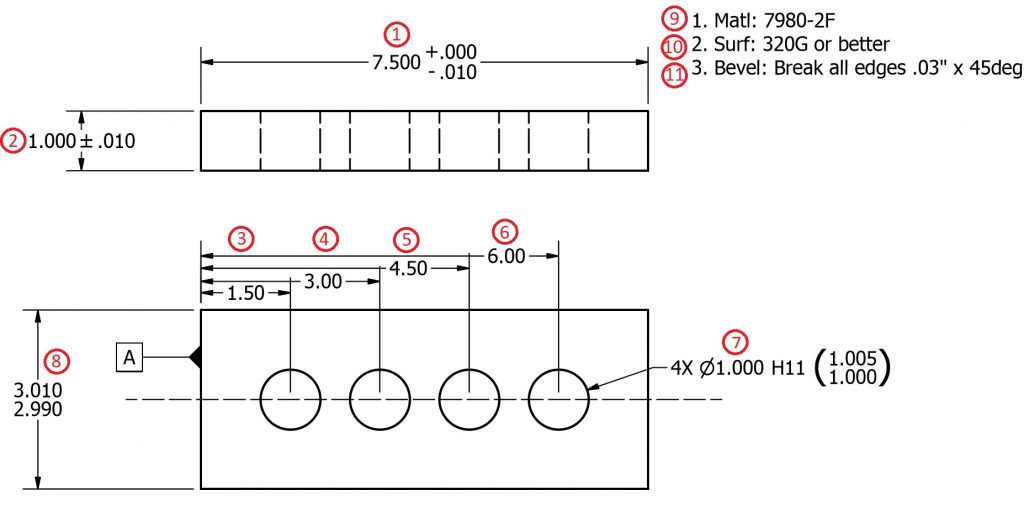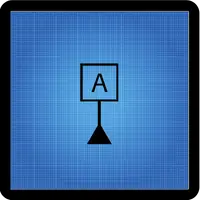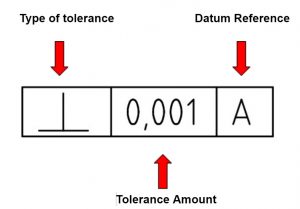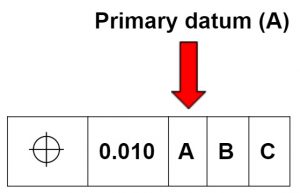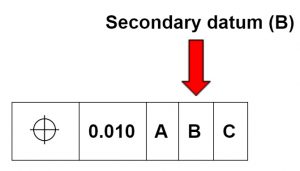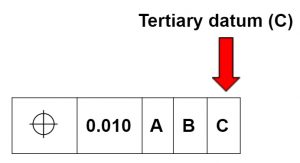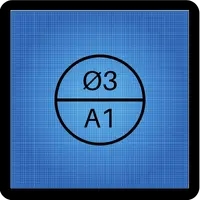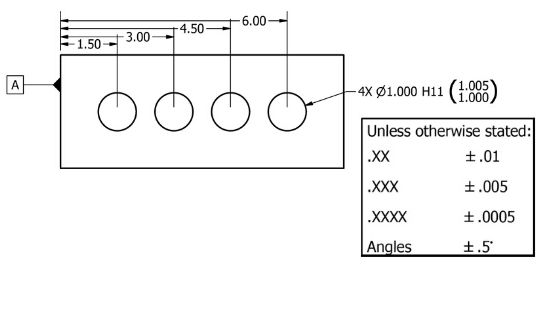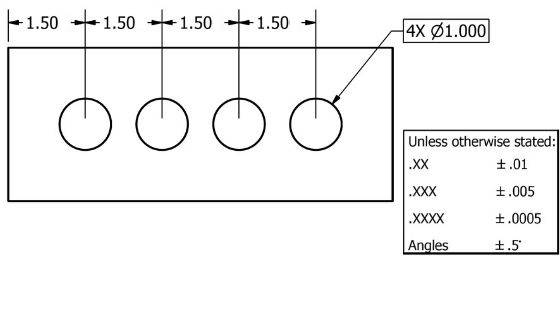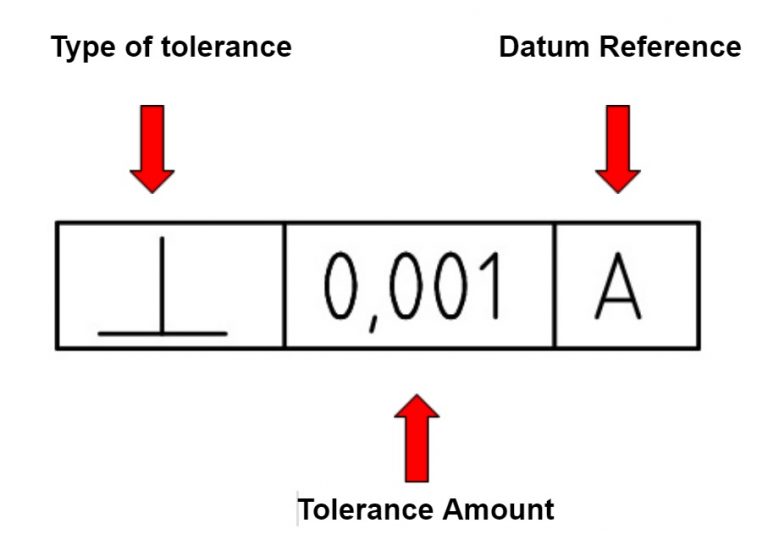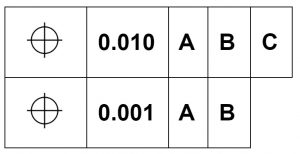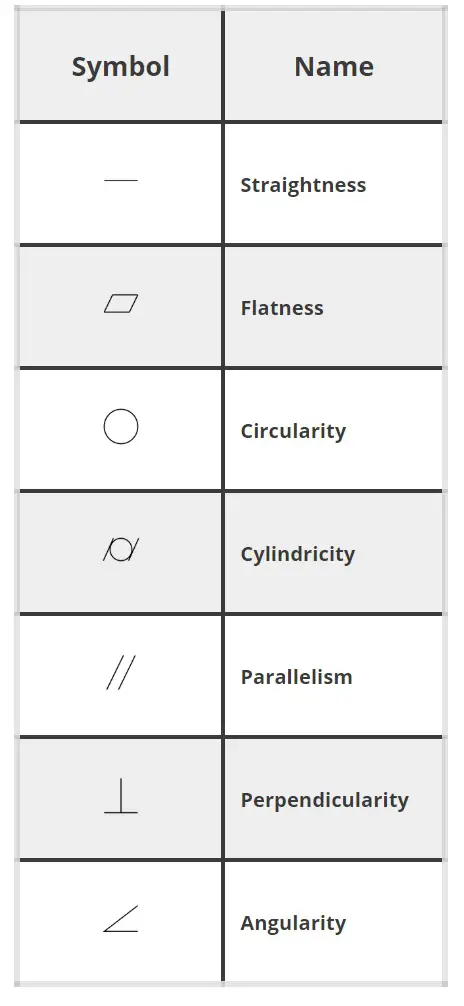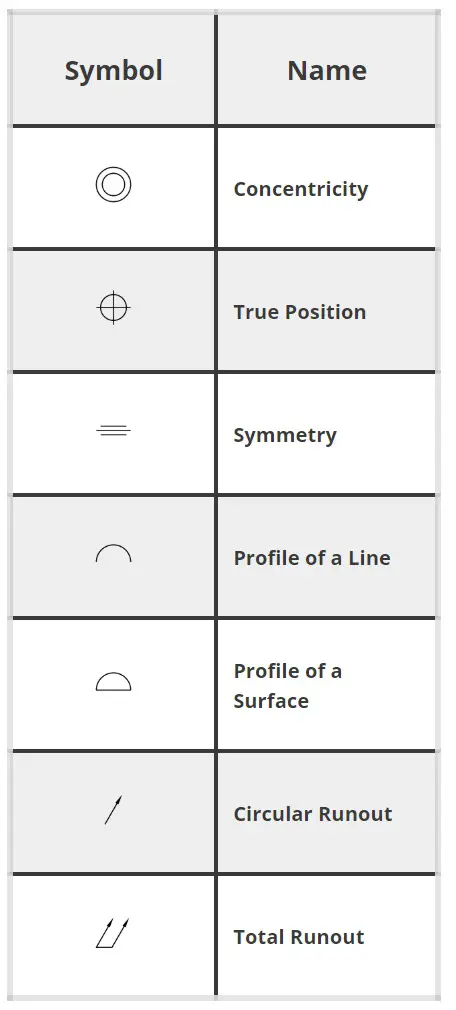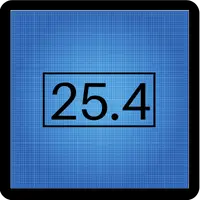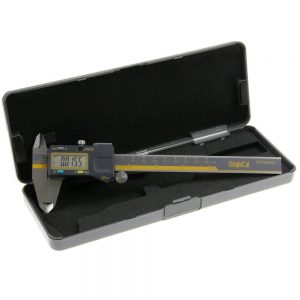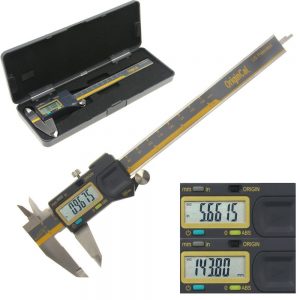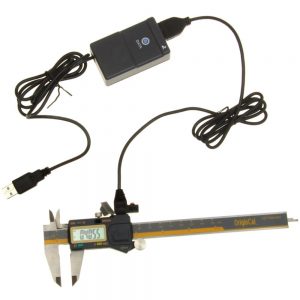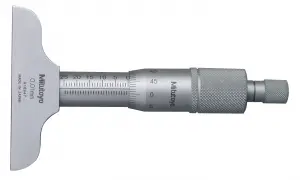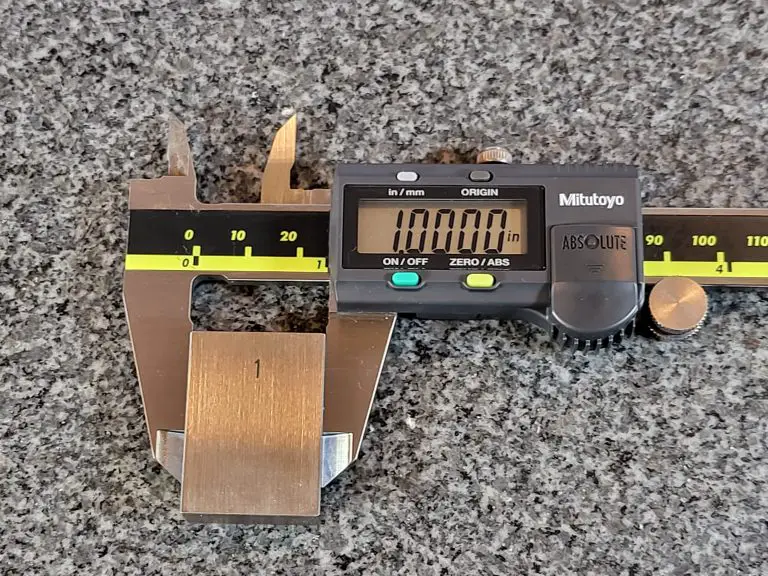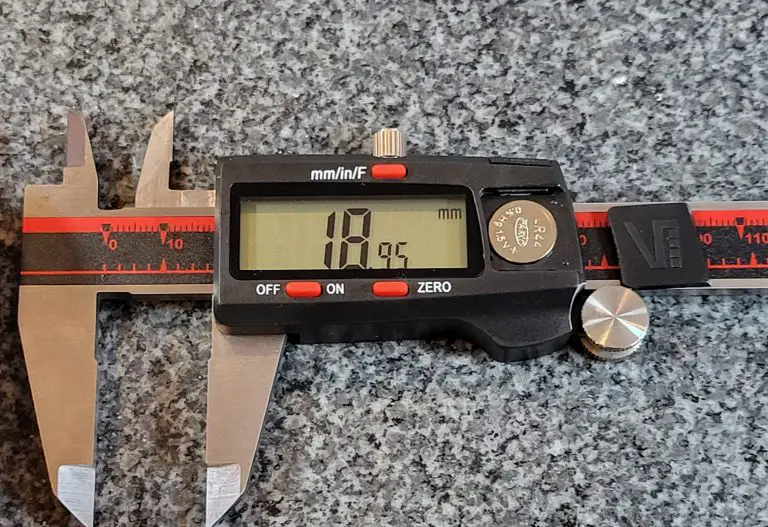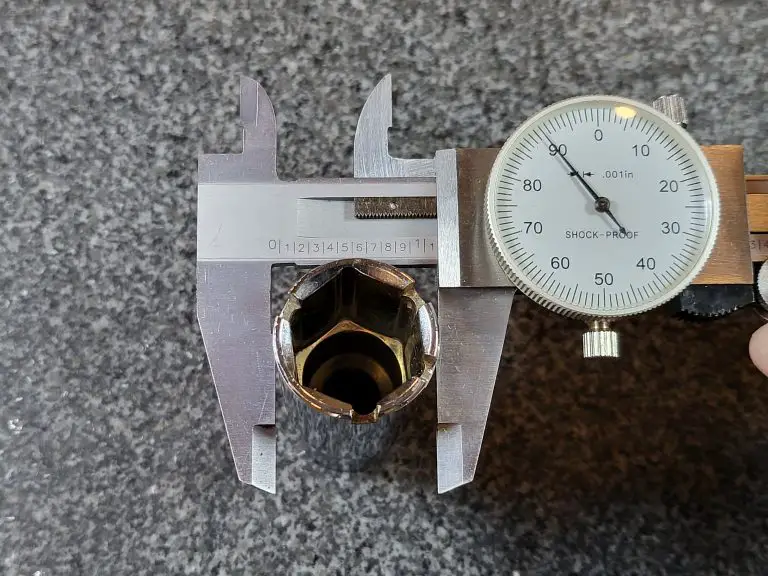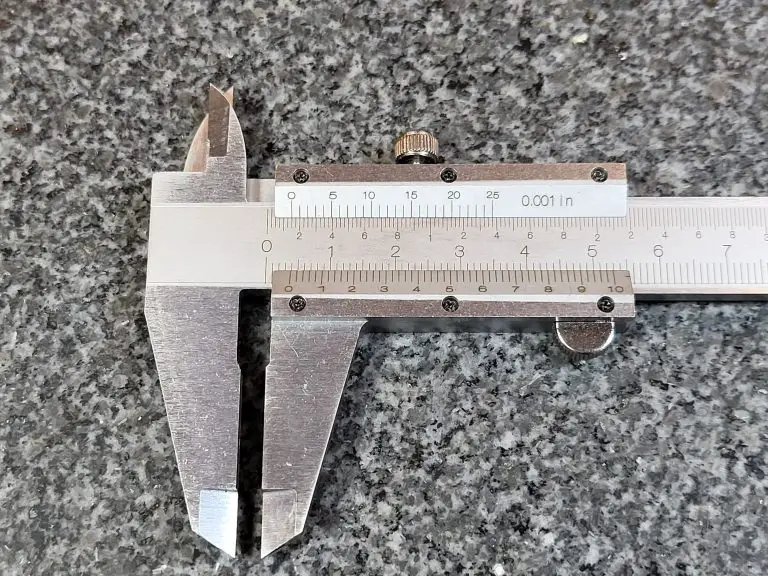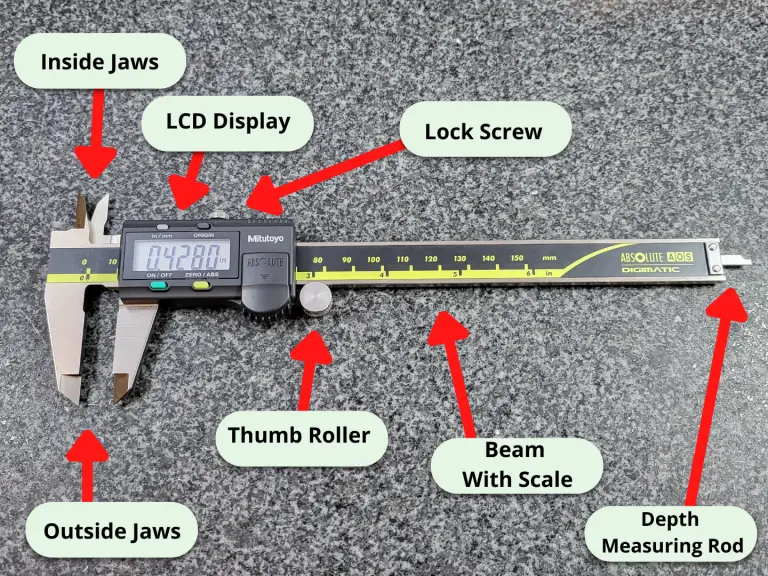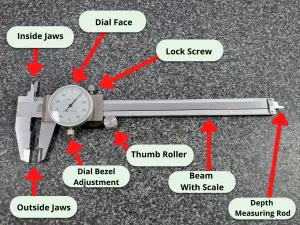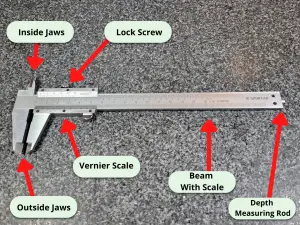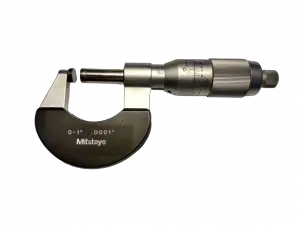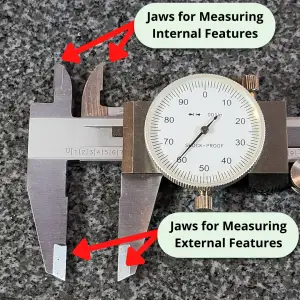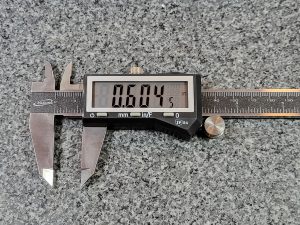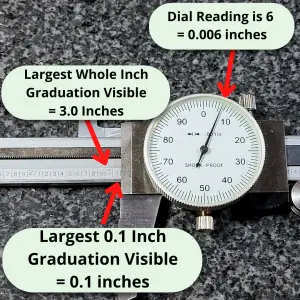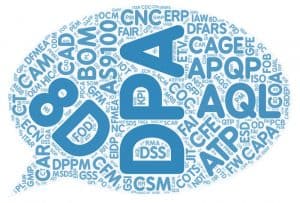
OMG why are there so many acronyms and abbreviations? FYI here is a huge list of common meanings. Hopefully it helps decipher some of the jargon and gibberish.
8D – method of problem solving commonly used in the automotive industry.
AQL – acceptance quality limit, previously acceptable quality limit
APQP – advanced quality product planning
AS9100 – aerospace quality standard
ATP – acceptance test procedure
BOM – bill of materials
CAD – computer aided design
CAGE – Commercial and Government Entity code
CAM – computer aided manufacturing
CAPA – corrective and preventive action
CAR – corrective action report
CFE – customer furnished equipment
CFM – customer furnished material
CNC – computer numerical control
COA/C of A – certificate of analysis
COC/C of C – certificate of conformance or certificate of compliance
COTS – commercial off the shelf
CSM – customer supplied material
CT – center thickness
DFARS – Defense Federal Acquisition Regulation Supplement
DFMEA – design failure mode effects analysis
DPA – destructive physical analysis
DPAS – Defense Property Accountability System
DPPM – defective parts per million
DSS – data summary sheet
ECN – engineering change notice
EIDP – end item data package
ERP – enterprise resource planning
ESD – electrostatic discharge
ETV – edge thickness variation
FAI – first article inspection
FAIR – first article inspection report
FMEA – failure mode and effects analysis
FOB – free on board
FOD – foreign object damage
FW – face width
GFE – government furnished equipment
GFM – government furnished material
GFP – government furnished property
GIDEP – government industry data exchange program
GMIP – government mandatory inspection points
GSI – government source inspection
GSS – government source surveillance
HIC – humidity indicator card
IAQG – International Aerospace Quality Group
IAW – in accordance with
IOT – internet of things
ISO – International Organization for Standardization
ITAR – International Traffic in Arms Regulation
JIT – just in time
KPI – key performance indicator
MBB – moisture barrier bag
MRB – material review board
MSDS – material safety data sheet
NADCAP – National Aerospace and Defense Contractors Accreditation Program
NC – non conformance
NCM – non conforming material
NDT – non destructive testing
NIST – National Institute of Standards and Technology
OCM – original component manufacturer
OD – outside diameter
ODM – original design manufacturer
OEM – original equipment manufacturer
OTD – on-time delivery
PCB – printed circuit board
PDCA – plan, do, check, act
PEM – plastic encapsulated microcircuits
PFMEA – process failure mode and effects analysis
PID – product identification document
PL – parts list
PM – preventative maintenance
PPAP – Production Part Approval Process
PO – purchase order
QA – quality assurance
QAPP – quality assurance program plan
QC – quality control
QML – qualified manufacturers list
QPL – qualified product list
QTP – qualification test plan
QTR – qualification test report
RCA – root cause analysis
REACH – registration, evaluation, authorization and restriction of chemicals
RFI – request for information
RFQ – request for quote
RMA – return material authorization
RoHS – Restriction of Hazardous Substances
SCAR – supplier corrective action request
SDS – safety data sheets
SMP – supplier management process
SOP – standard operating procedure
SOW – scope of work
SPC – statistical process control
TDP – technical data package
TIR – total indicator runout
WI – work instruction
WIP – work in progress
XRF – x-ray fluorescence
